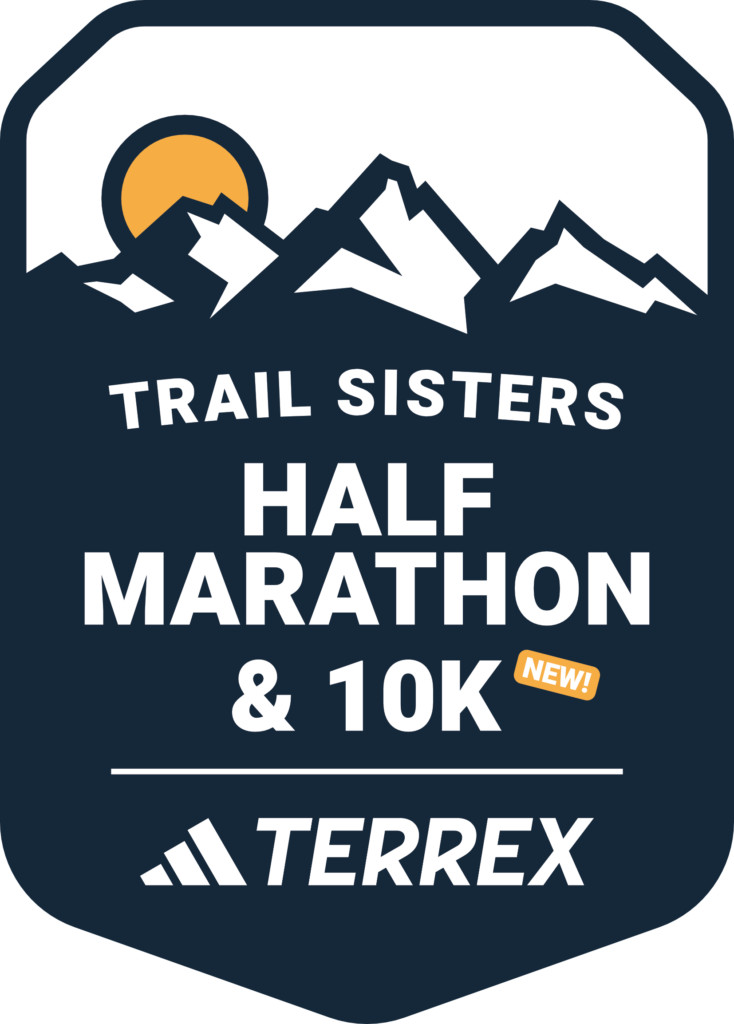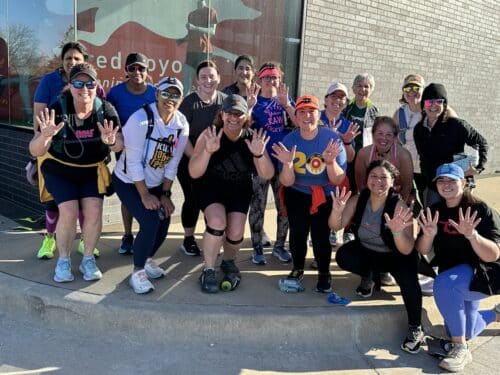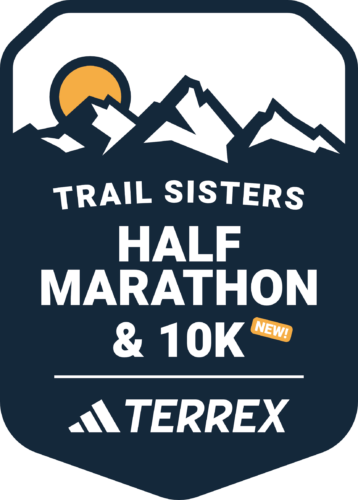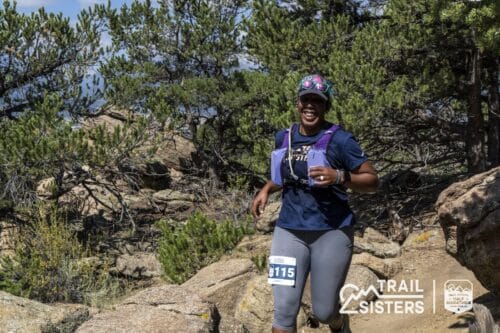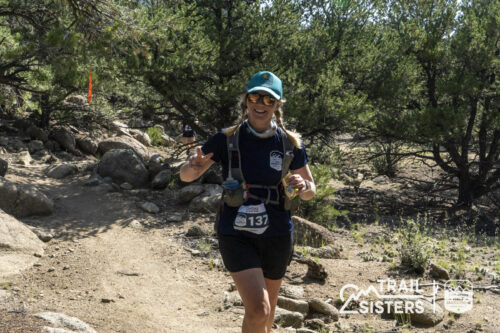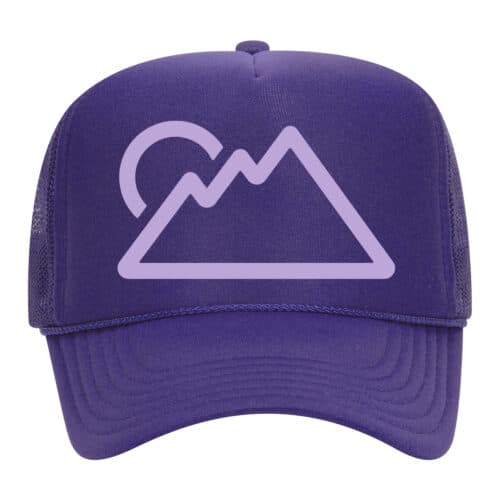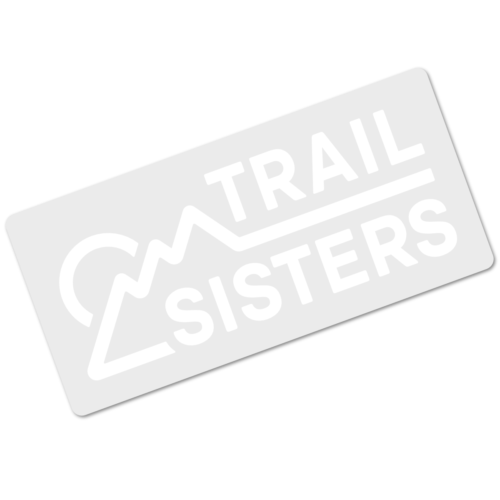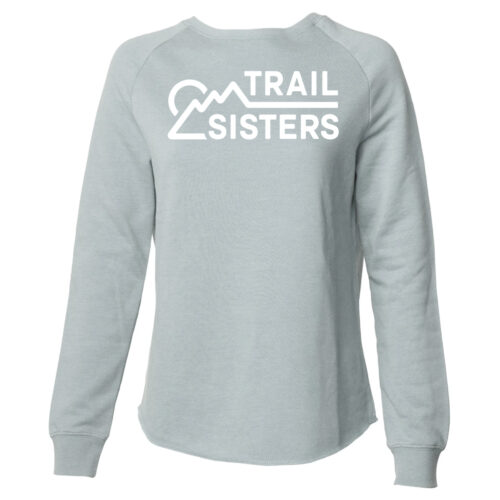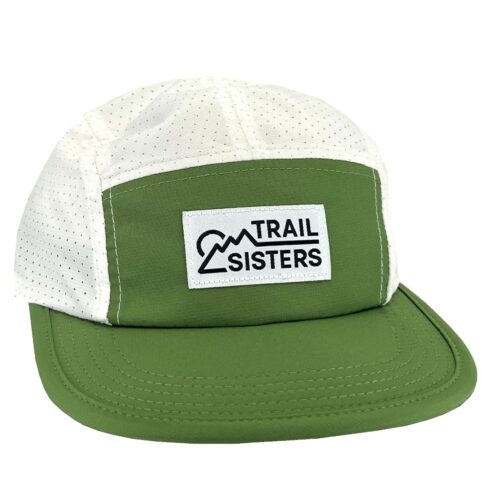Main Menu
Prep and Protect Your Runner Brain. Part 1: Taper Tantrums

Amanda is a naturopathic doctor based in Gisborne, New Zealand. Her work jam is women’s endocrine regulation, particularly as it pertains to trail-running & endurance medicine. She loves to teach groups of women who want to understand their bodies and optimize their function. Amanda believes in the healing power of nature and thus gives every patient a “Nature Rx” as part of a comprehensive treatment plan. Outside work, she hits the trails before sunrise, stays warm in a rainbow terry cloth tracksuit, and is raising 2 half-Kiwi kids with her Kiwi husband. Visit Amanda’s website: https://www.roe.co.nz/
Share This Article!
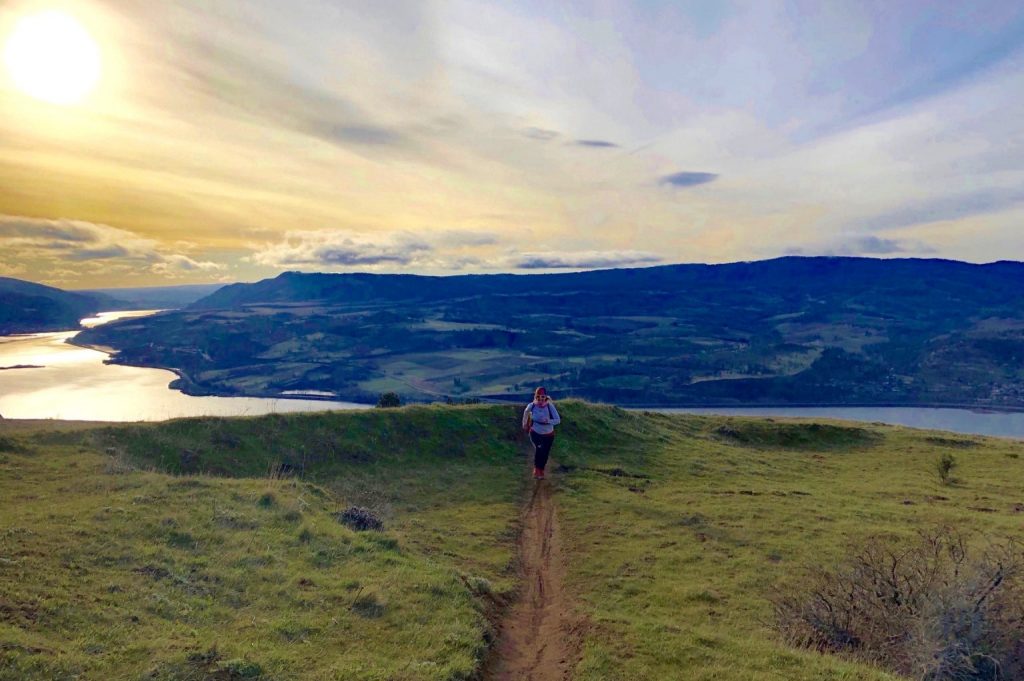
Racing: it’s the big reward at the end of a rigorous training schedule. It’s that date on the calendar, the countdown, the anticipation, the “seeing what we’re made of.” While there are countless articles about race day, getting your game face on, and prepping for the variables we encounter on race day, I want to delve into the physiology of the days surrounding race day. There are innumerable internal factors that contribute to our ability to train well and recover. They are tiny, but they are ruling the roost.
Take taper tantrums, for instance. Taper tantrums. Wah. So irritating. We get caught up in the exasperation that ensues once we start trimming down the miles. How to fill the hours upon hours per week we usually run? That’s an important question, since so many of us run for our mental wellbeing. It’s an incredible stress-reliever, to be sure (but that’s another article). I want you to re-read the articles and chapters you’ve read about tapering and how to manage those weeks, but I also want to introduce some of the scientific literature that will give you that extra percentage of insight and tools to move through it gracefully. Plan for your taper like you plan the rest of your training. You don’t just drop miles without a solid plan intact.

Here’s the deal. Running long distance is inherently anti-inflammatory. Being active is inherently anti-inflammatory. Being sedentary is inherently inflammatory. When you run many many hours per week and drop down to a little less, and then even less, and then none, your body notices, but your brain REALLY notices. There’s a meta-analysis of 24 different studies that shows us a very strong correlation between inflammation and depression. That’s a window into a world that researchers and clinicians have long suspected exists. Depression hurts. So does tapering. Running and moving our bodies relieves and heals.
In order to understand exactly why, we need to talk about the tiny internal factors that are driving these pathways. Hang tight while we cover a tiny bit of immunology. Immunology and psychoneuroimmunology (PNI, for short) are big players in the soup that is the human body. I promise I’ll come back around to how to make your taper a little less annoying.
Your body responds to stress in a number of ways, but the important piece in the taper is the shift from anti-inflammatory pathways to pro-inflammatory pathways.
Small molecules called macrophages are little factories that can either produce pro-inflammatory signals (M1 or Ignite macrophages) or anti-inflammatory signals (M2 or Repair macrophages). We need both to survive, but they need to be balanced because the anti-inflammatory piece needs to be there to stop the pro-inflammatory cascade. Yin and Yang. Off and On.
Those of us that exercise regularly adapt to the rhythm of the release of macrophages, cortisol, insulin and neurotransmitters, just to name a few. Making adjustments to that rhythm can be felt in subtle, and sometimes not-so-subtle ways. In our running muscles, for example, we have activity in the muscles to actively recruit inflammatory modulators right at the site of activity.
During a high training volume, we can mostly stay in anti-inflammatory mode because guess what? When we shift the balance, we feel it, and we feel it in our tissues, in our gut, in our brain.

So, what to do? Obviously, a lot of us take up some other, low-impact exercise in the weeks leading up to a race. The key lies in dialing UP your anti-inflammatory interventions as you dial down your miles.
Anti-inflammatory interventions:
Yoga (of course!)
Studies show that a regular practice of yoga reduces the resting levels of pro-inflammatory molecules. It also decreases the levels of cholesterol, triglyceride and VLDL. In addition, an increase in the duration of practice of yoga favorably affects pro-inflammatory cytokine levels when exposed to unaccustomed stress/physical activity (i.e. tapering and racing).
Swimming (again, of course—but here’s why)
When strenuous swimmers and strenuous runners had their inflammatory cytokines checked after both moderate and intense workouts, it turns out the swimmers had elevated levels of anti-inflammatory cytokines circulating. Another great choice for those taper weeks.
Anti-inflammatory diet
It might be tempting to go nuts on tacos and spaghetti, beers and burgers to celebrate the upcoming race and drown in your taper sorrows, but my advice is keep it to a minimum. It’s not doing your brain any good. These couple of weeks put your mental toughness into mindfulness across the board, and that includes what you’re eating. In general, any farmed meats/fish, fried foods, refined sugars should be avoided. Instead place emphasis on whole foods, fruits and veggies, wild game and fish. Harvard health has a great reference to get you started.
This chart is for the visual learners (you know who you are!). Please note, I don’t believe that there are “good” and “bad” foods. What I’m hoping you take away from this article is the timing of eating particular foods, and how it can make your life and your mood better!
 Along with diet, the general recommendations about supplementation* vary on an individual basis, but the following plants and plant compounds have been well-researched and are generally recognized as safe (GRAS):
Along with diet, the general recommendations about supplementation* vary on an individual basis, but the following plants and plant compounds have been well-researched and are generally recognized as safe (GRAS):
- Turmeric
- Boswelia
- Green Tea
- White Willow Bark (unless you have a salicylate allergy)
- Cat’s Claw
- Capsaicin (chili pepper)
*Always check with a licensed health professional before starting new supplements if you take any daily medications.
Good luck with your taper, may it be smooth and pleasant and may the race-day nymphs bless the dirt you tread!
Coming next:
Prep and Protect Your Runner Brain. Part Two: Post-race Blues and Depression
Cited Studies:
Dowlati, et al https://www.biologicalpsychiatryjournal.com/article/S0006-3223(09)01229-3/abstract
Proc Natl Acad Sci U S A.2015 Oct 20;112(42):13105-8. A runner’s high depends on cannabinoid receptors in mice. Fuss J1, Steinle J2, Bindila L3, Auer MK4, Kirchherr H5, Lutz B3, Gass P2.
J Clin Diagn Res. 2015 Jun; 9(6): CC08–CC12. Effect of Yoga Practice on Levels of Inflammatory Markers After Moderate and Strenuous Exercise. Ambarish Vijayaraghava,1Venkatesh Doreswamy,2 Omkar Subbaramajois Narasipur,3 Radhika Kunnavil,4 and Nandagudi Srinivasamurthy5
Scand J Med Sci Sports.2017 Dec 27. Comparison of the inflammatory and stress response between sprint interval swimming and running. Casuso RA1, Aragon-Vela J1, Huertas JR1, Ruiz-Ariza A2, Martínez-Lopez EJ2.
Exerc Immunol Rev.2002;8:6-48. Systemic inflammatory response to exhaustive exercise. Cytokine kinetics. Suzuki K1, Nakaji S, Yamada M, Totsuka M, Sato K, Sugawara K.
Curcumin treatment leads to better cognitive and mood function in a model of Gulf War Illness with enhanced neurogenesis, and alleviation of inflammation and mitochondrial dysfunction in the hippocampus. Kodali M, Hattiangady B, Shetty GA, Bates A, Shuai B, Shetty AK. Brain Behav Immun. 2018 Feb 15.
Dietary InflammatoryIndex and Cardiovascular Risk and Mortality-A Meta-Analysis. Shivappa N, Godos J, Hébert JR, Wirth MD, Piuri G, Speciani AF, Grosso G.Nutrients. 2018 Feb 12;10(2
Surg Neurol Int. 2010; 1: 80. Published online 2010 Dec 13. Natural anti-inflammatory agents for pain relief. Joseph C. Maroon, Jeffrey W. Bost,*and Adara Maroon1
About the Author

Amanda is a naturopathic doctor based in Gisborne, New Zealand. Her work jam is women’s endocrine regulation, particularly as it pertains to trail-running & endurance medicine. She loves to teach groups of women who want to understand their bodies and optimize their function. Amanda believes in the healing power of nature and thus gives every patient a “Nature Rx” as part of a comprehensive treatment plan. Outside work, she hits the trails before sunrise, stays warm in a rainbow terry cloth tracksuit, and is raising 2 half-Kiwi kids with her Kiwi husband. Visit Amanda’s website: https://www.roe.co.nz/
Share This Article!

